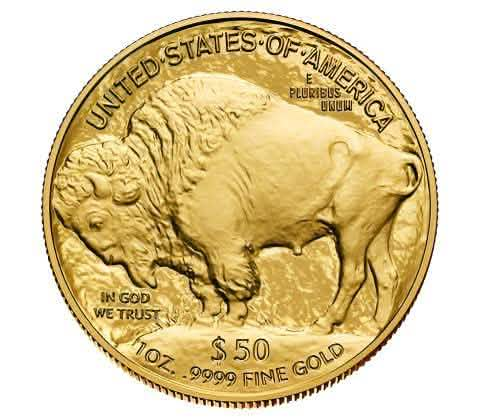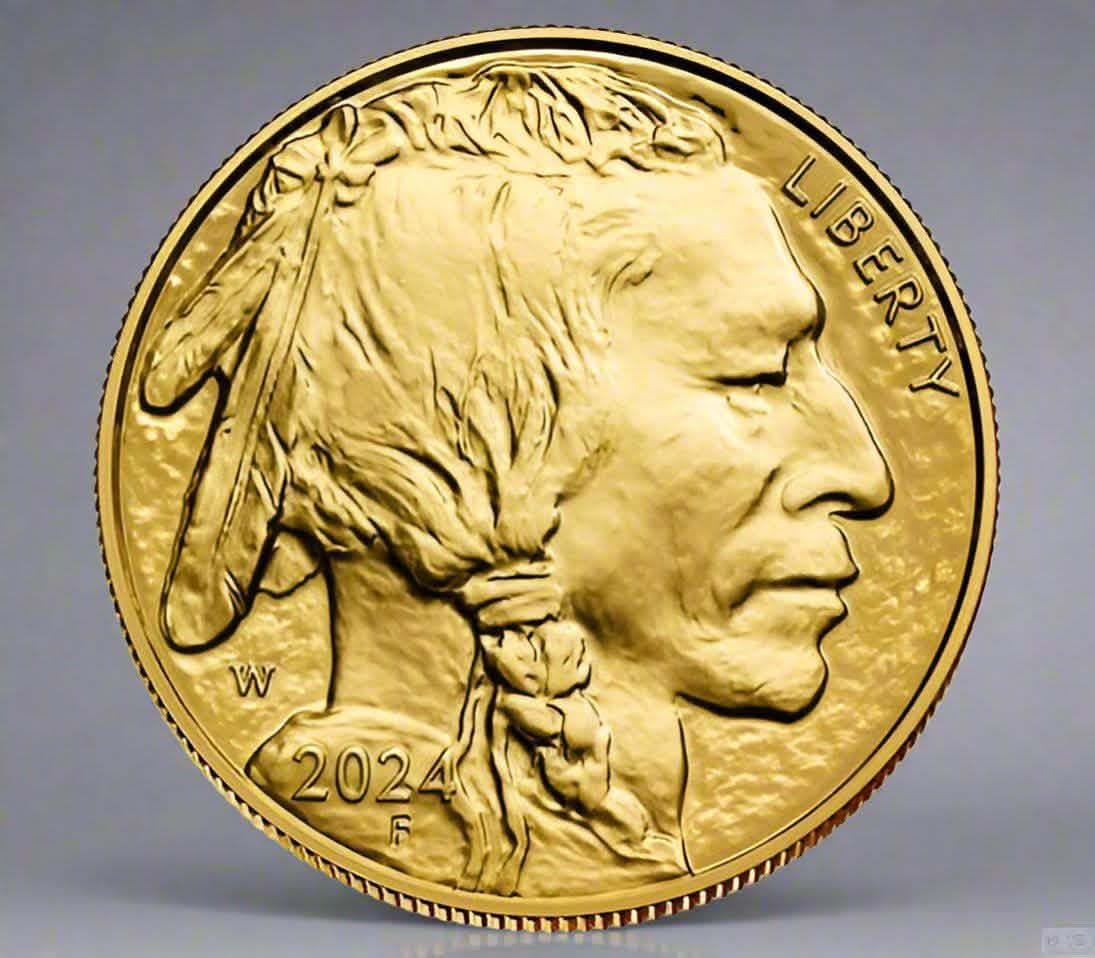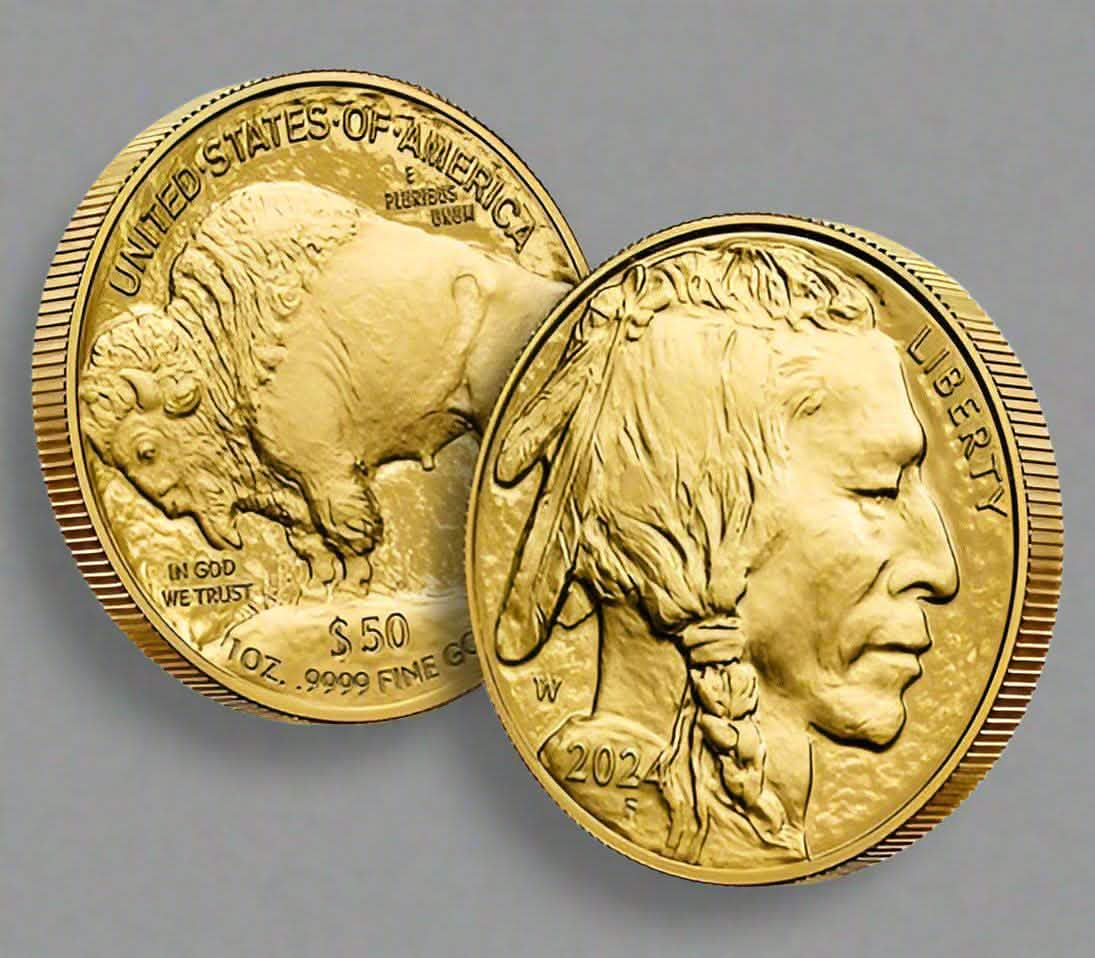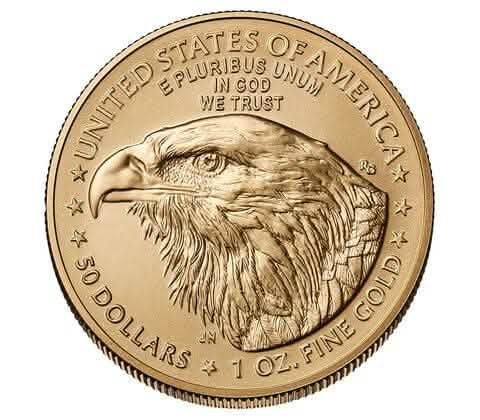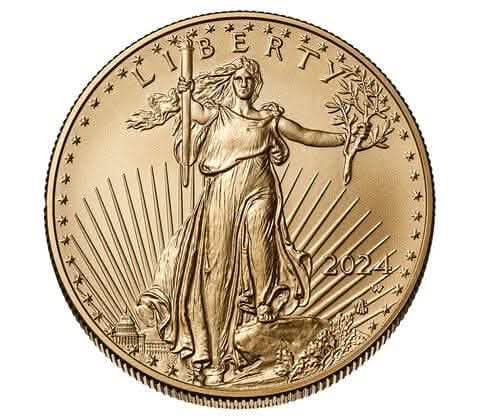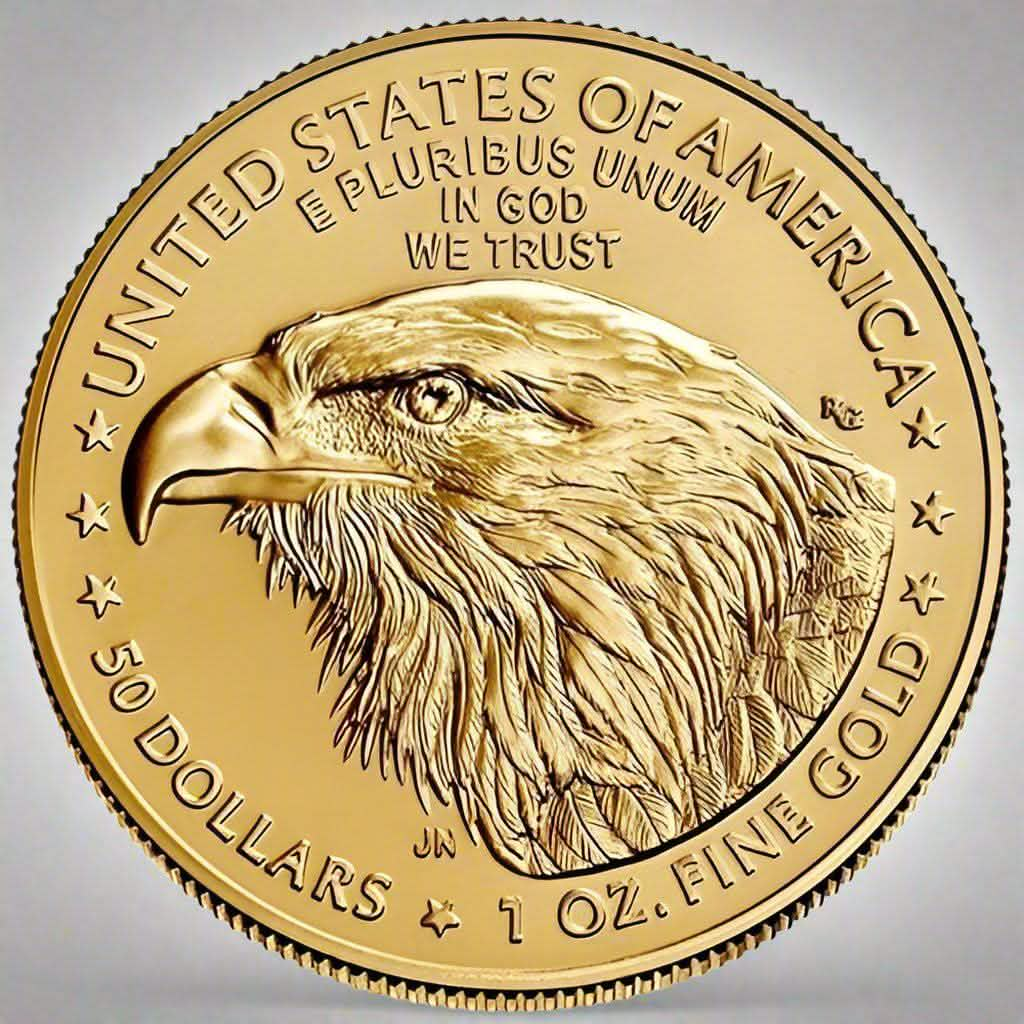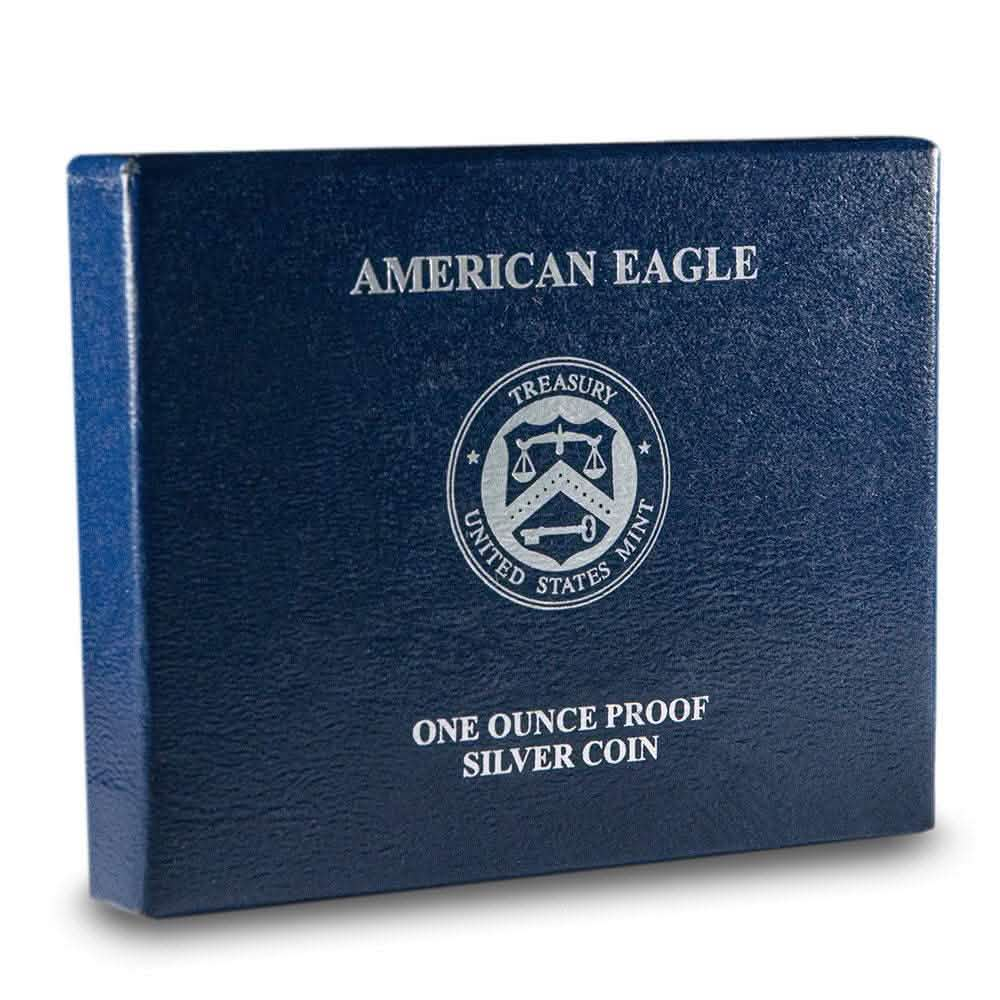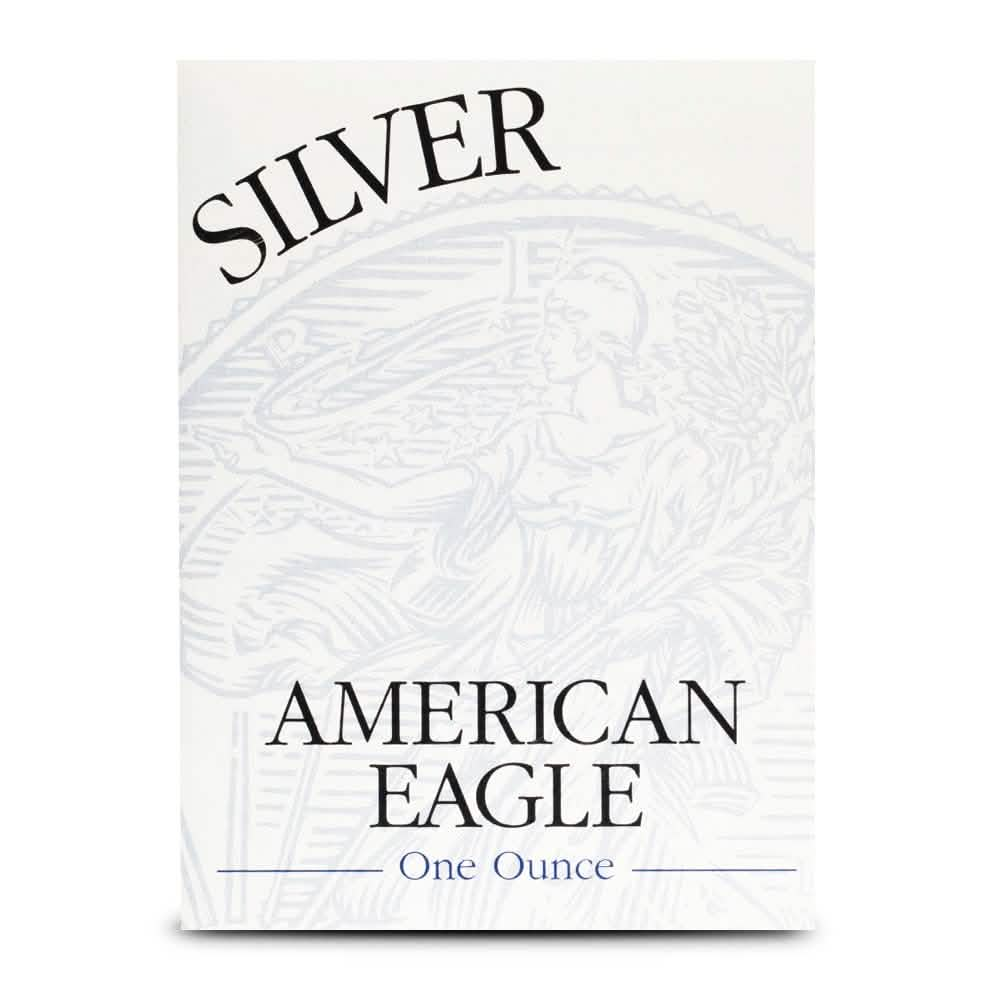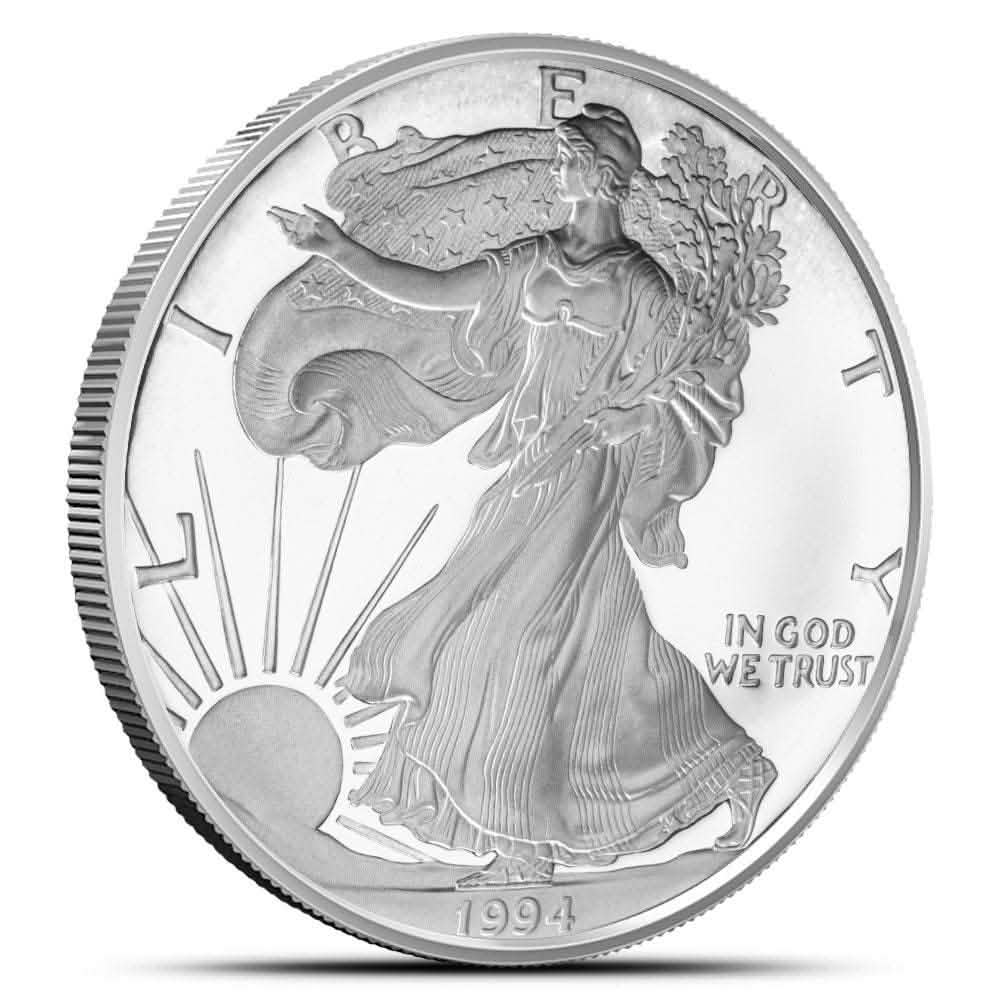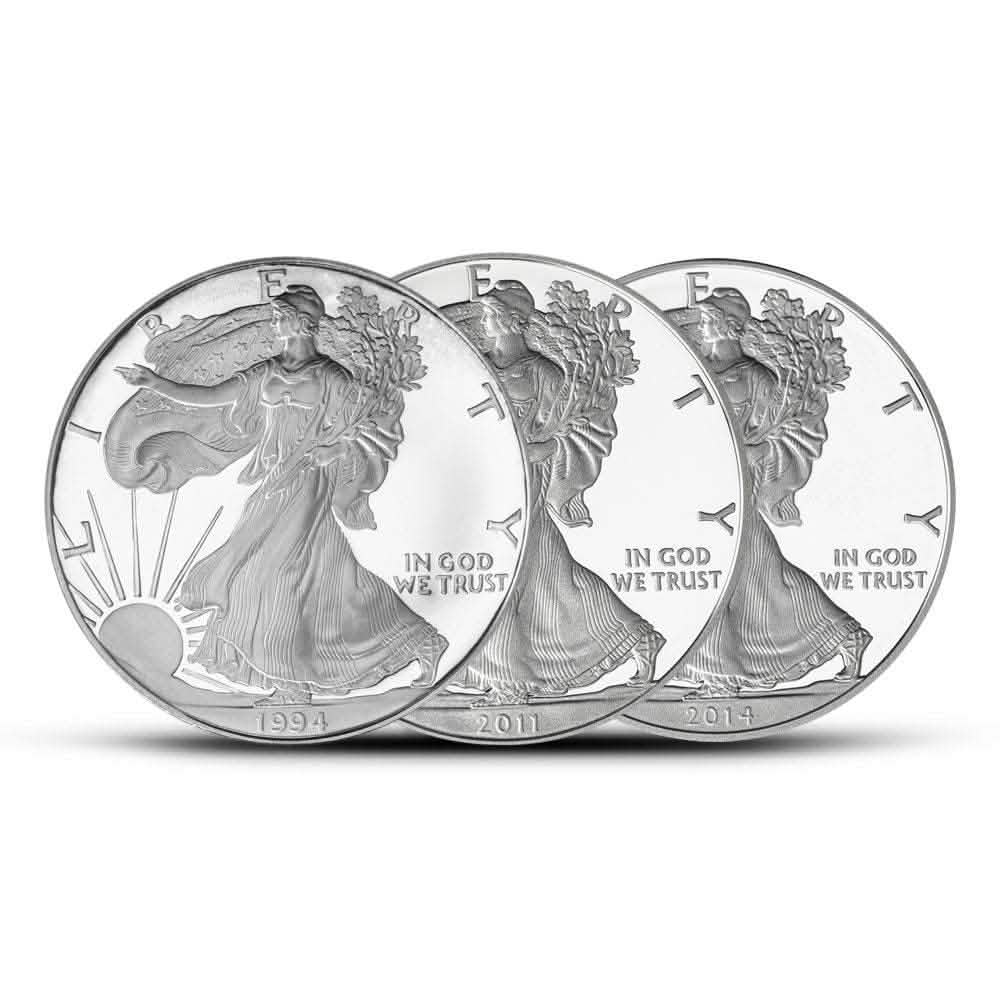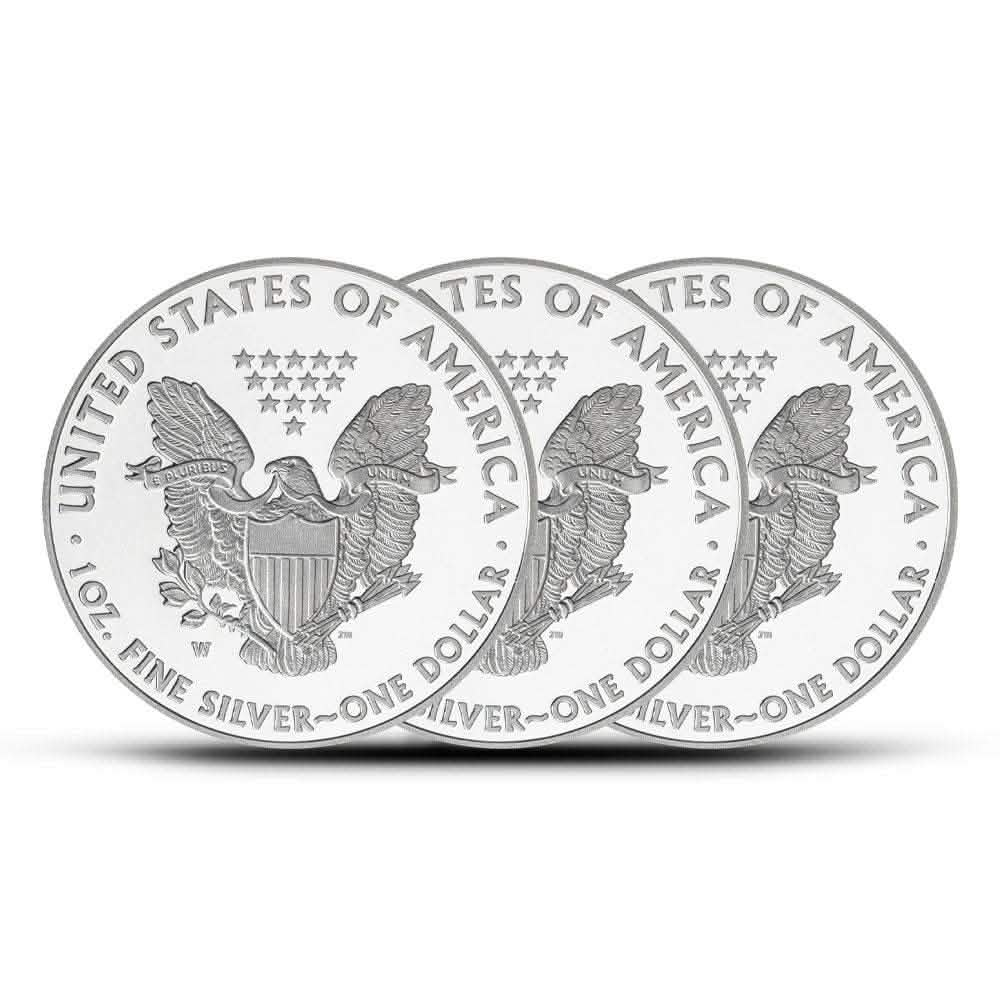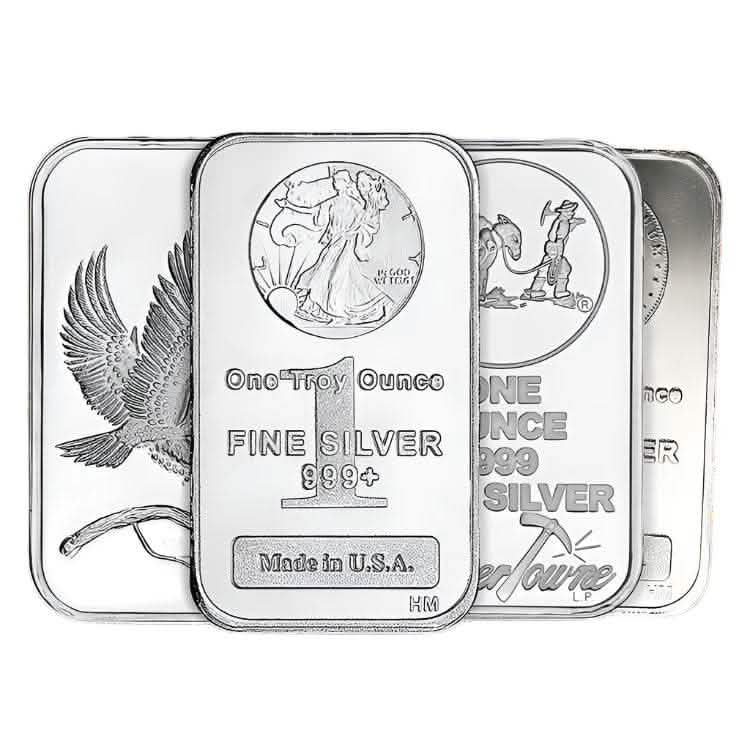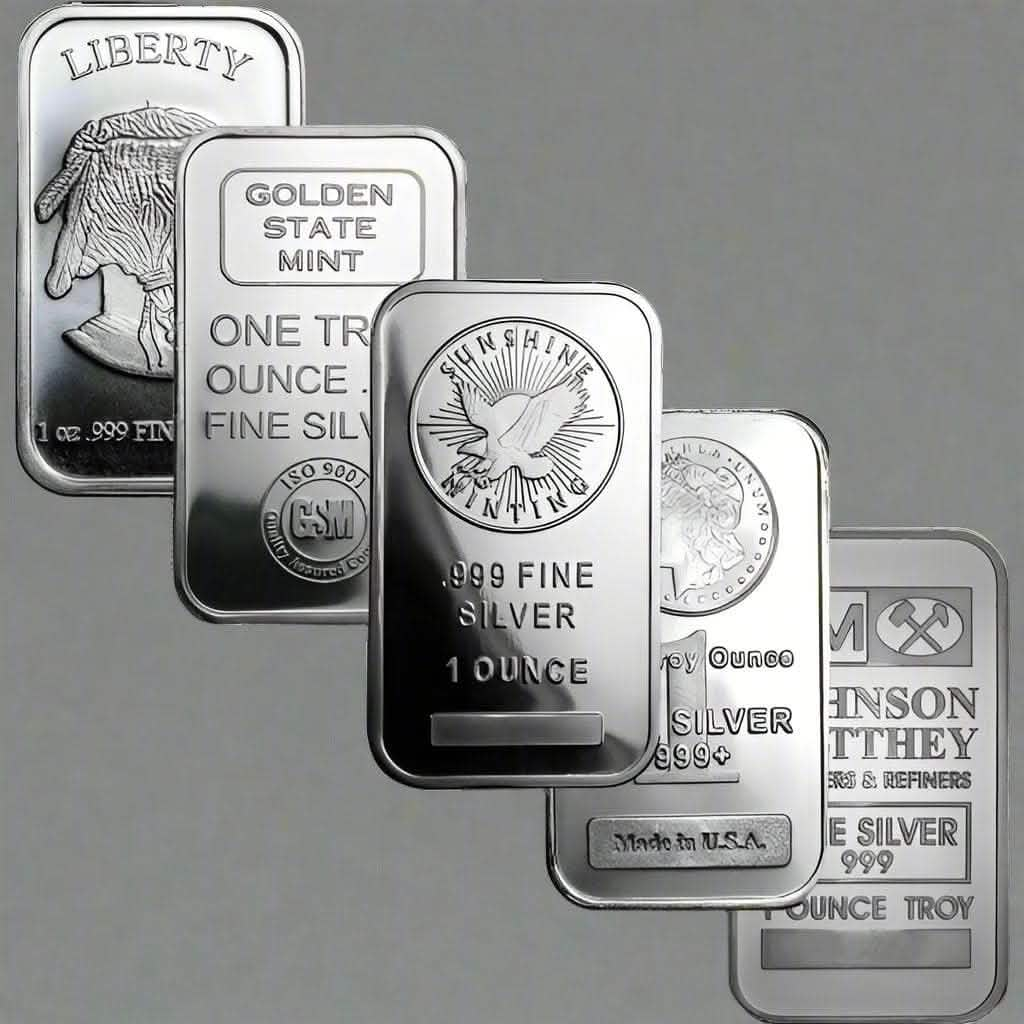If you're a precious metal enthusiast, you’ve probably come across terms like "melt value" and "spot price." While these terms are often used interchangeably, they have distinct meanings that serve different purposes in the precious metals market. Knowing the difference can help you better evaluate your gold, silver, and platinum investments.
This post will clarify what “melt value” and “spot price” are, how they differ, and how you can calculate melt value. By the end, you'll have a clearer understanding of these critical concepts—and how they apply to your precious metal assets.
What is Spot Price?
The "spot price" refers to the live market value of a single unit of a precious metal at a specific moment. This unit is typically measured in troy ounces, the standard measurement used in the precious metals market.
Critical Facts About Spot Price
- Real-Time Value: Spot price changes frequently, reflecting ongoing fluctuations in supply and demand in the global economy.
- Globally Recognized: The spot price is uniform worldwide. Whether you're in New York, London, or Tokyo, it provides a standard benchmark.
- Market-Based: It is determined by trades on commodity exchanges, such as the COMEX (Commodity Exchange) in the U.S. or the London Metal Exchange (LME).
Example of Spot Price in Action
If the current spot price for gold is $1,800 per troy ounce, it trades at $1,800 on the open market. However, prices can fluctuate based on market demand, geopolitical events, or economic data.
Thus, spot price is essential for buying and selling precious metals, as it is the foundational benchmark for calculating costs or profits.
What is Melt Value?
Unlike spot price, the "melt value" is a derived measurement. It represents the value of an item based purely on the quantity and type of metal it contains, excluding any additional factors like craftsmanship, rarity, or numismatic (coin-collecting) value.
Melt value looks at the intrinsic worth of the raw materials that make up an object.
Critical Facts About Melt Value
- Type and Purity Matter: The melt value depends on the metal's composition and purity. A gold alloy will have a lower melt value than pure 24K gold.
- Calculated Value: Melt value isn’t directly listed like the spot price. It requires a formula to determine an object’s worth based on weight and purity.
- Independent of Other Factors: Unlike jewelry or collectible coins, melt value ignores design, historical significance, or brand prestige.
Example of Melt Value in Action
Imagine you own a silver necklace weighing 10 grams, and it is made of 92.5% pure silver (standard for sterling silver). If the current spot price of silver is $25 per troy ounce (remember that one troy ounce equals approximately 31.1 grams), the melt value can be calculated as follows:
- Weight of silver in the item: 10 grams × 0.925 (purity) = 9.25 grams of pure silver.
- Convert grams to troy ounces: 9.25 ÷ 31.1 = 0.297 troy ounces.
- Calculate melt value based on spot price: 0.297 troy ounces × $25 = $7.43.
The melt value of your silver necklace is $7.43, based solely on the raw silver content.
Melt Value vs. Spot Price – What’s the Difference?
Though melt value and spot price focus on metals' market value, they serve distinct purposes and are used in different contexts.
|
Aspect |
Spot Price |
Melt Value |
|---|---|---|
|
Definition |
The current market value of a unit of metal. |
The value of an item's raw metal content. |
|
Scope |
Applies universally to metals. |
Specific to individual jewelry, coins, etc. |
|
Factors |
Global market conditions drive them. |
It is calculated using weight, purity, and spot price. |
|
Purpose |
They were used in trades and investment pricing. |
Determines raw material worth. |
Why It Matters to You
Knowing the difference is critical if you're a collector, investor, or curious about precious metals. Spot price is your go-to metric for real-time trading, while melt value is vital when evaluating specific items, especially their intrinsic worth.
How to Calculate Melt Value – A Step-By-Step Guide
Calculating melt value can save you from paying too much or selling for too little. Follow these steps to determine the melt value of a precious metal item:
Step 1: Determine the Item’s Weight
First, weigh your item using a gram or ounce scale. Be precise; even minor discrepancies can affect the final melt value.
Step 2: Note the Purity of the Metal
Check for markings indicating the metal’s purity. Typical markings include "999" for pure gold or silver or "22K" for 22-karat gold. If there’s no marking, have the item assessed by a professional.
Step 3: Convert Weight to Troy Ounces
Since the precious metals market uses troy ounces, convert the weight to this unit.
- 1 troy ounce = 31.1 grams
For example, an item weighing 93.3 grams equals three troy ounces.
Step 4: Find the Current Spot Price
Could you check the current spot price of your metal? Websites like Kitco or apps like Gold Price provide real-time updates.
Step 5: Do the Math
Use this formula to calculate melt value:
Melt Value = (Weight in Troy Ounces) × (Purity Percentage) × (Spot Price)
Example Calculation
Imagine you have a 40-gram 14K gold ring, and the current spot price for gold is $1,700 per troy ounce.
- Weight in troy ounces: 40 ÷ 31.1 = 1.286 troy ounces.
- Purity of 14K gold: 14 ÷ 24 = 0.5833.
- Melt Value: 1.286 × 0.5833 × $1,700 = $1,274.14.
The melt value of your gold ring is $1,274.14.
Why Understanding These Terms Gives You an Edge
Precious metal investing and collecting are as much a science as an art. By knowing the difference between melt value and spot price and how to calculate melt value, you can make smarter decisions about buying, selling, or holding precious metals.
Armed with these insights, you’ll be better equipped to negotiate deals, assess investment opportunities, and expand your knowledge of precious metals.
Always Stay Updated
The precious metals market is incredibly dynamic, with spot prices changing daily. To stay informed, bookmark reliable resources like American Gold Co. or use apps tracking live spot prices.
And if you're on the hunt for more tips and tools to help with your precious metals investments, check out our comprehensive guides.
